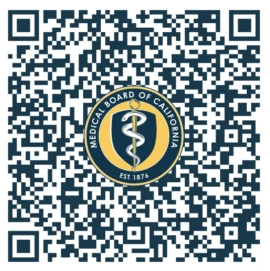Celiac disease is caused by a sensitivity to gluten. This is a protein found in many grains such as wheat, barley, and rye. Celiac disease affects villi (tiny, fingerlike stalks) in the small bowel (intestine). Normally, the villi make it possible for the small bowel to absorb nutrients from the food you eat. But celiac disease damages the villi. As a result, you can’t get the nutrients you need, even if you eat plenty of food. Celiac disease can’t be cured. However, you can manage the disease by removing gluten from your diet. This relieves your symptoms. It also reverses the damage to your small bowel.
Causes of Celiac Disease
Celiac disease is likely genetic. This means it can be passed down in families. If your doctor thinks that you have celiac disease, he or she may advise that other members of your family be checked for it as well.
With celiac disease, villi that line the small bowel become damaged and cannot absorb nutrients properly.
Signs and Symptoms of Celiac Disease
The symptoms of celiac disease can vary for each person. Some people have no symptoms at all. If symptoms do occur, they can include:
- Diarrhea, constipation, or both
- Abdominal pain and cramping
- Abdominal swelling or bloating
- Weight loss
- Bone or joint pain
- Tiredness and loss of energy
- Mood changes, irritability, and depression
- Canker sores
- Skin rash
- Tooth enamel problems
Diagnosing Celiac Disease
Your doctor will ask about your symptoms and health history. You’ll also have a physical exam. Tests are then done to confirm the problem. These can include:
- Blood tests. These help check for specific proteins in the blood that are present with celiac disease. They also check for anemia and help rule out other problems. The tests are done by taking a blood sample.
- Upper endoscopy with biopsy. This is done to see inside the stomach and duodenum (first part of the small bowel). For the test, an endoscope is used. This is a thin, flexible tube with a tiny camera on the end. It’s inserted through the mouth and down into the stomach and duodenum. Tools are passed through the endoscope to remove tiny tissue samples (biopsy). The tissue samples are taken to a lab and looked at under a microscope. This is to check the tiny villi for damage. This test must be done while you are still eating food with gluten. This is the only way to see if the presence of gluten is damaging the villi.
- Genetic tests. These check for problems with specific genes linked to celiac disease. They are done by taking a blood or saliva samples.
Treating Celiac Disease
To treat celiac disease, you must remove all sources of gluten from your diet. This will allow the villi to heal, so that nutrients can be absorbed normally. It’s important to follow a strict, gluten-free diet daily, even if you don’t have symptoms. If you don’t do this, the small bowel can become permanently damaged, which can lead to serious health problems. These include bone disease, cancer of the small bowel, and various nervous system disorders.
Sources of Gluten
Gluten is found in wheat, barley, and rye. The most common foods with gluten are those made with wheat flour. These include bread, pasta, cake, and cereal. Gluten is also often found in beer, gravies, salad dressings, and most packaged foods. It is even found in some non-food products such as certain medications and cosmetics. Your doctor can refer you to a dietitian to counsel you about what you should avoid. The resources below will also give you lists of food and products that contain gluten.
Follow-up
You’ll meet with your doctor at least once a year to check your health. During these visits, routine blood tests are often done to make sure your condition is under control. If needed, your doctor can refer you to other healthcare providers or support and advocacy groups to help you cope with your condition.
Learning More About Celiac Disease
The following resources can help you learn more about celiac disease and how to manage it.
- Celiac Disease Foundation, www.celiac.org
- Celiac Sprue Association, www.csaceliacs.org
- Gluten Intolerance Group, www.gluten.net
- National Institute ofDiabetes and Digestive and Kidney Diseases, www2.niddk.nih.gov
© 2000-2009 The StayWell Company, 780 Township Line Road, Yardley, PA 19067. All rights reserved. This information is not intended as a substitute for professional medical care. Always follow your healthcare professional’s instructions.


